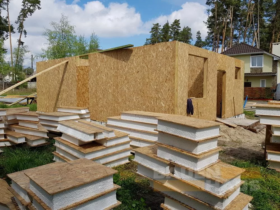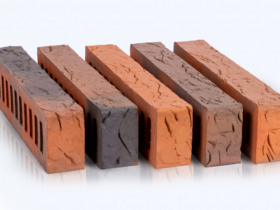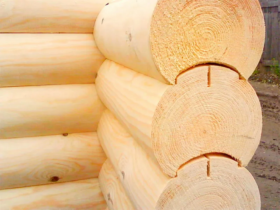All volumes – a dwelling (one or two huts), a barn, a shed and an indoor yard – are built next to each other, in contact with the long sides and leaving the main, end facades to the street. In double and triple houses, each extension arranged an independent gable roof. Modern multi -storey residential buildings, devoid of details of artistic decoration, are designed, as a rule, only for frontal perception. In addition to those considered, the techniques of angular, central, central-doll composition and others are also known, however, such forms are usually not used in the practice of manor housing construction. Summing up a brief result, we emphasize that issues of layout of the volume and details of any building in the design play the main role. And how interesting the compositional solution will be thought out, the architectural and artistic image of the future building, its completeness and balance, depends. If the composition of the building is too simple and understandable at first sight, no effort is required to consider it. Such a volumetric solution is classified as non -conceived, primitive. Many residential buildings of modern mass development may be an example. “True,” remarks the doctor of architecture a. E. Gutnov – in this case, the architectural composition has to be formed not at the level of the house, but at the level of a whole group of houses – by varying their combinations and various production in space “. In the construction of residential manor houses, it is much easier to achieve the variety and originality of the architectural solution of each individual building. There are a lot of expressive means here, and construction experience is quite rich. You can, of course, fall to another extreme: deliberately complicate, “break” the volume of the building, overload it with details and elements of decorative decoration. More often than in folk architecture, such cases are found in the construction of some structures in cities and towns (theaters, clubs, sports palaces, administrative buildings, etc.). This was especially pronounced in our country during the period of “architectural excesses” in the forties and five.









